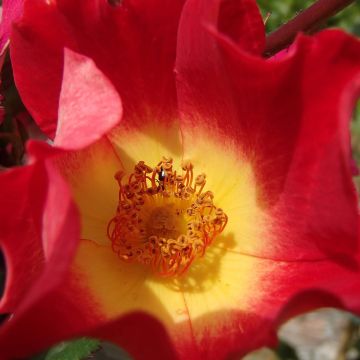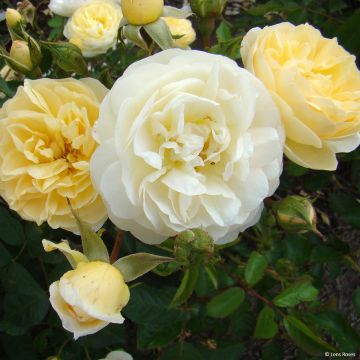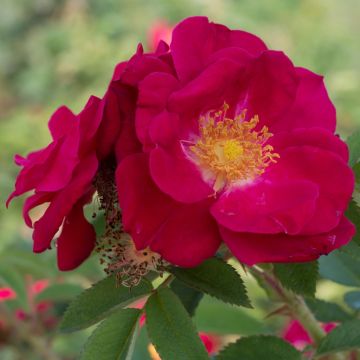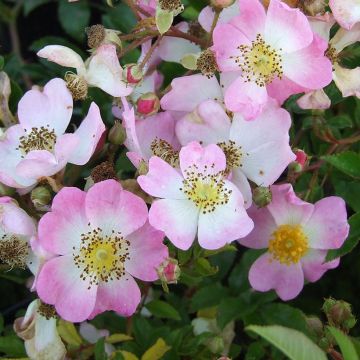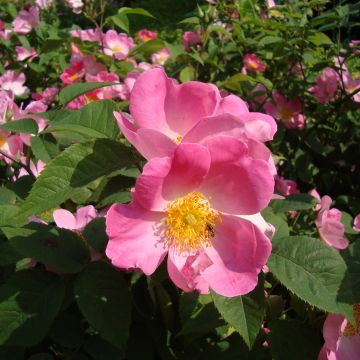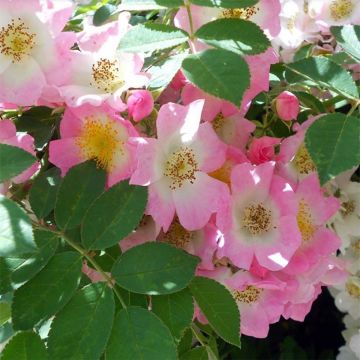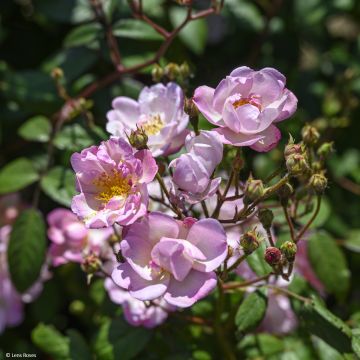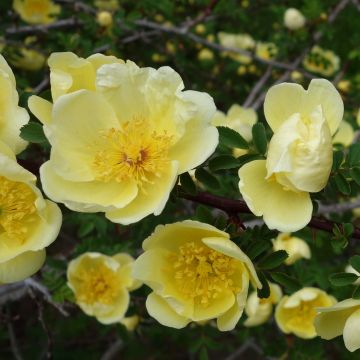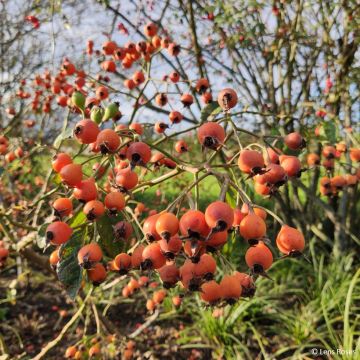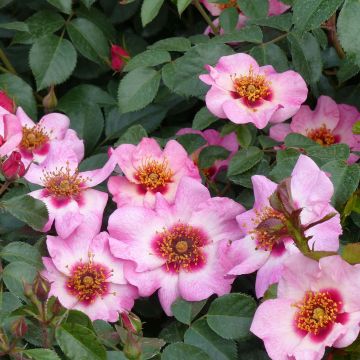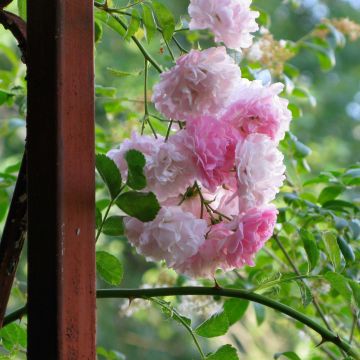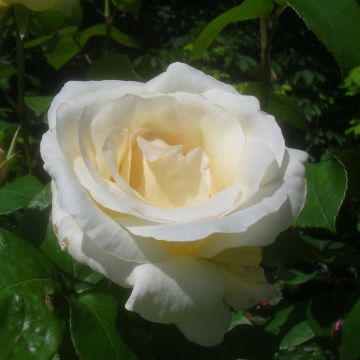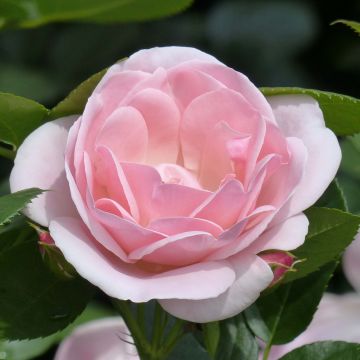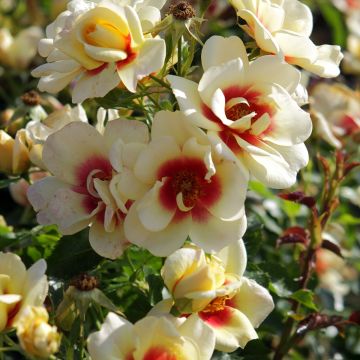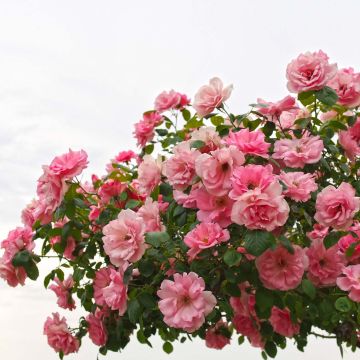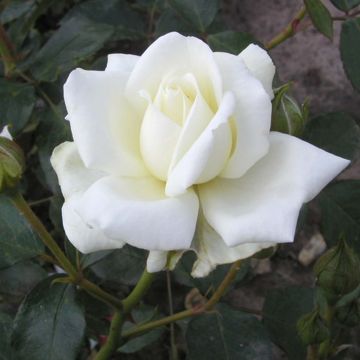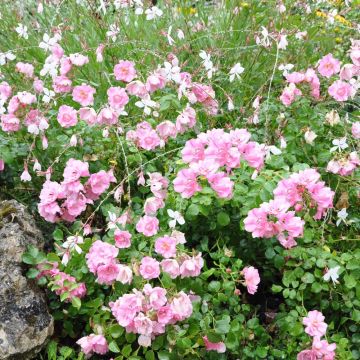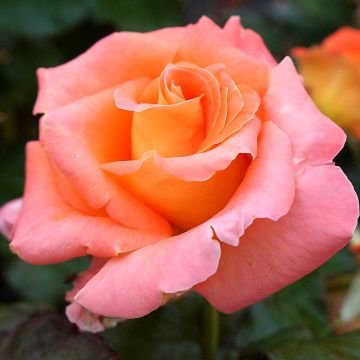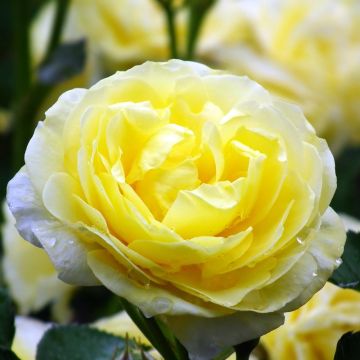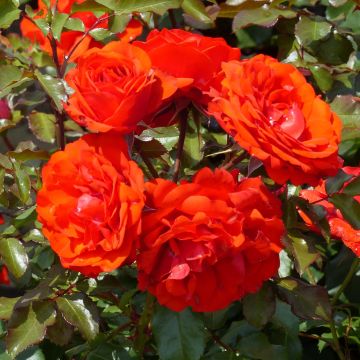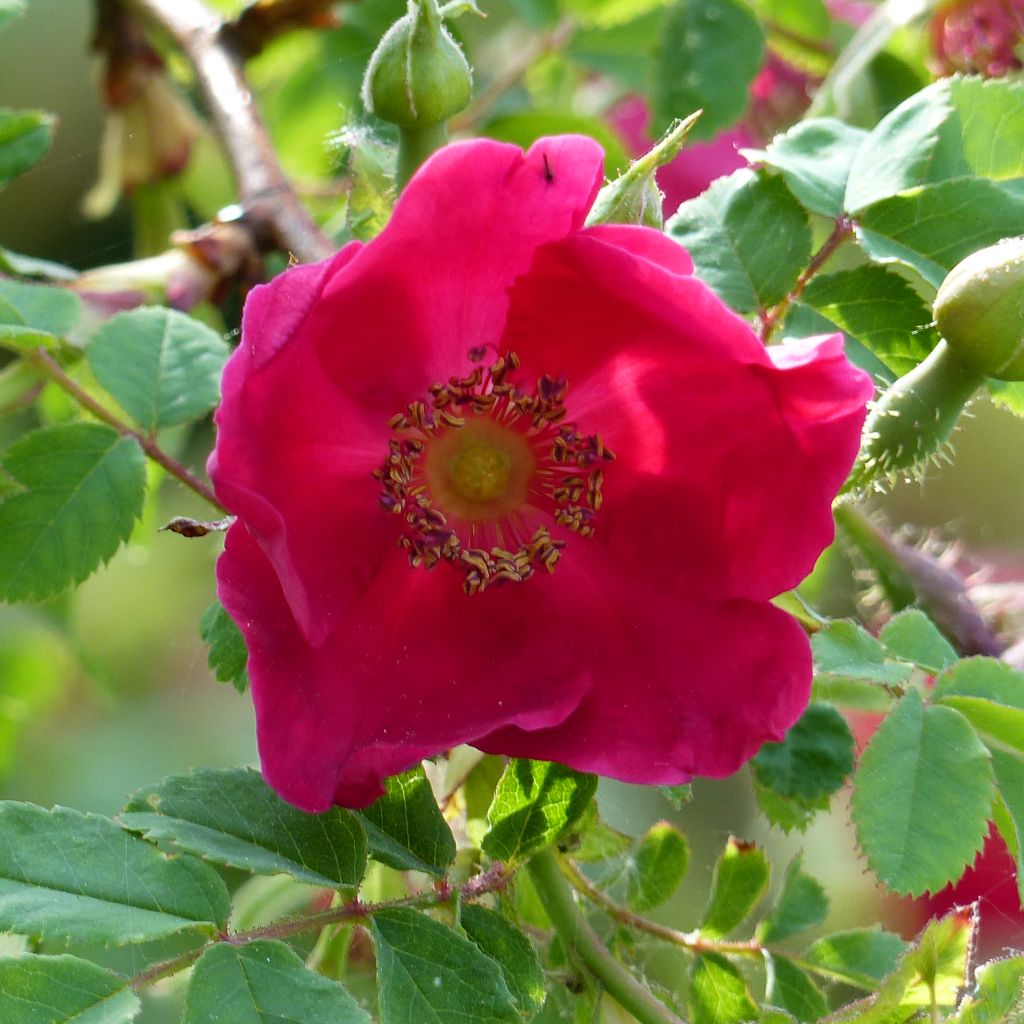

Rosa moyesii Geranium
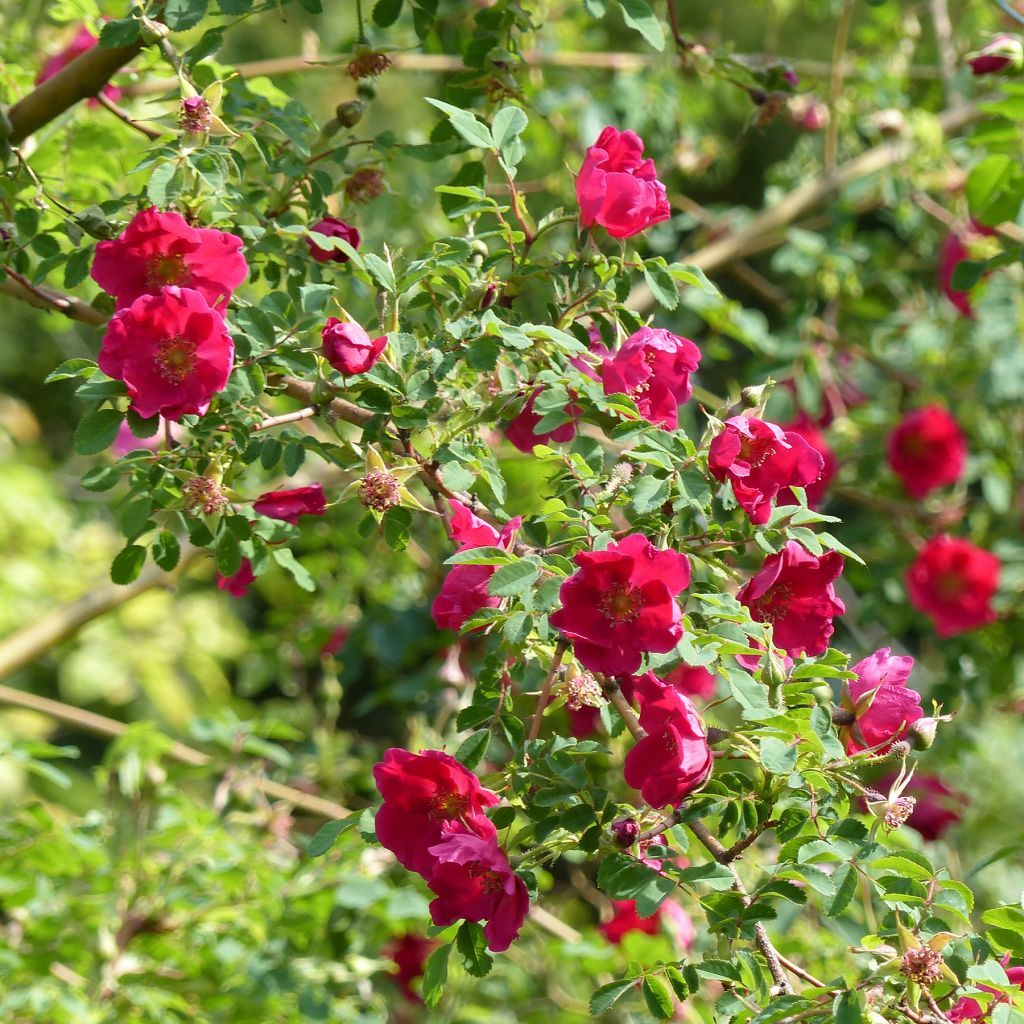

Rosa moyesii Geranium
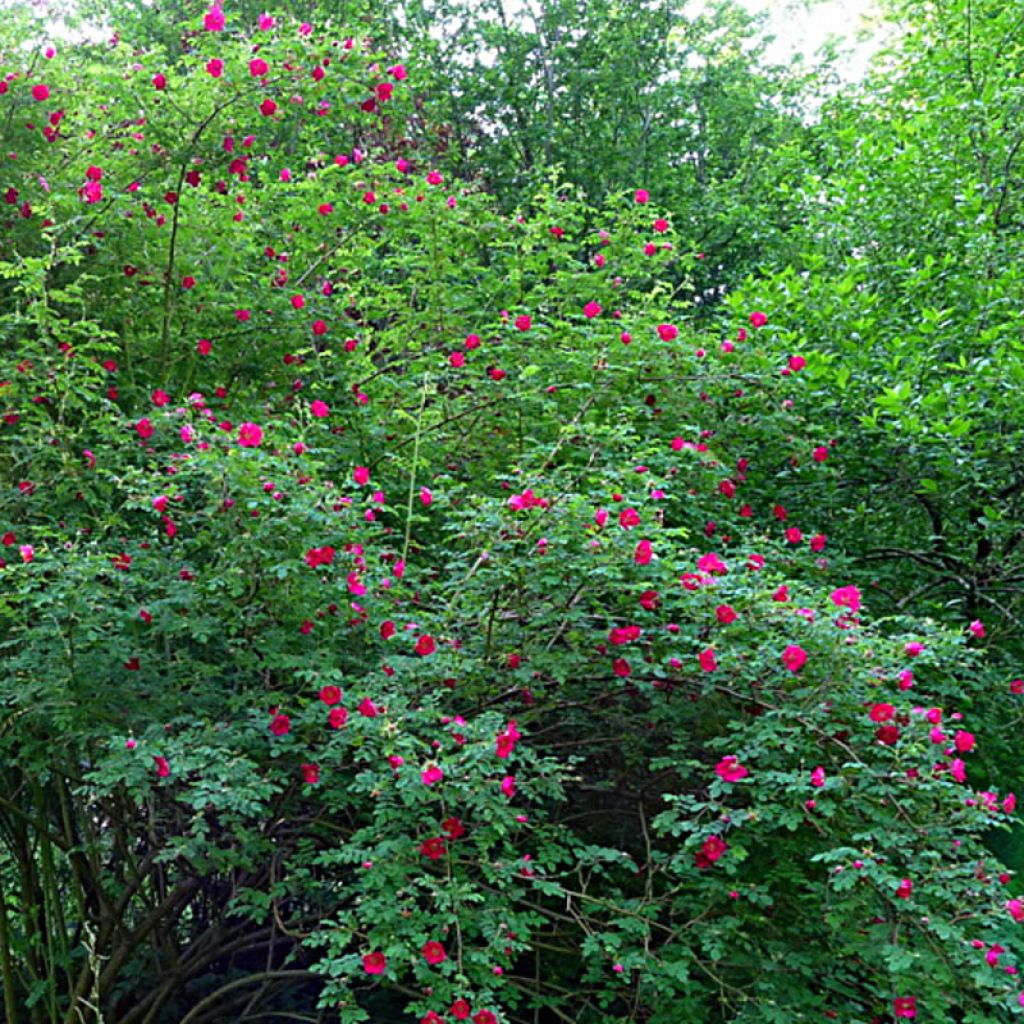

Rosa moyesii Geranium
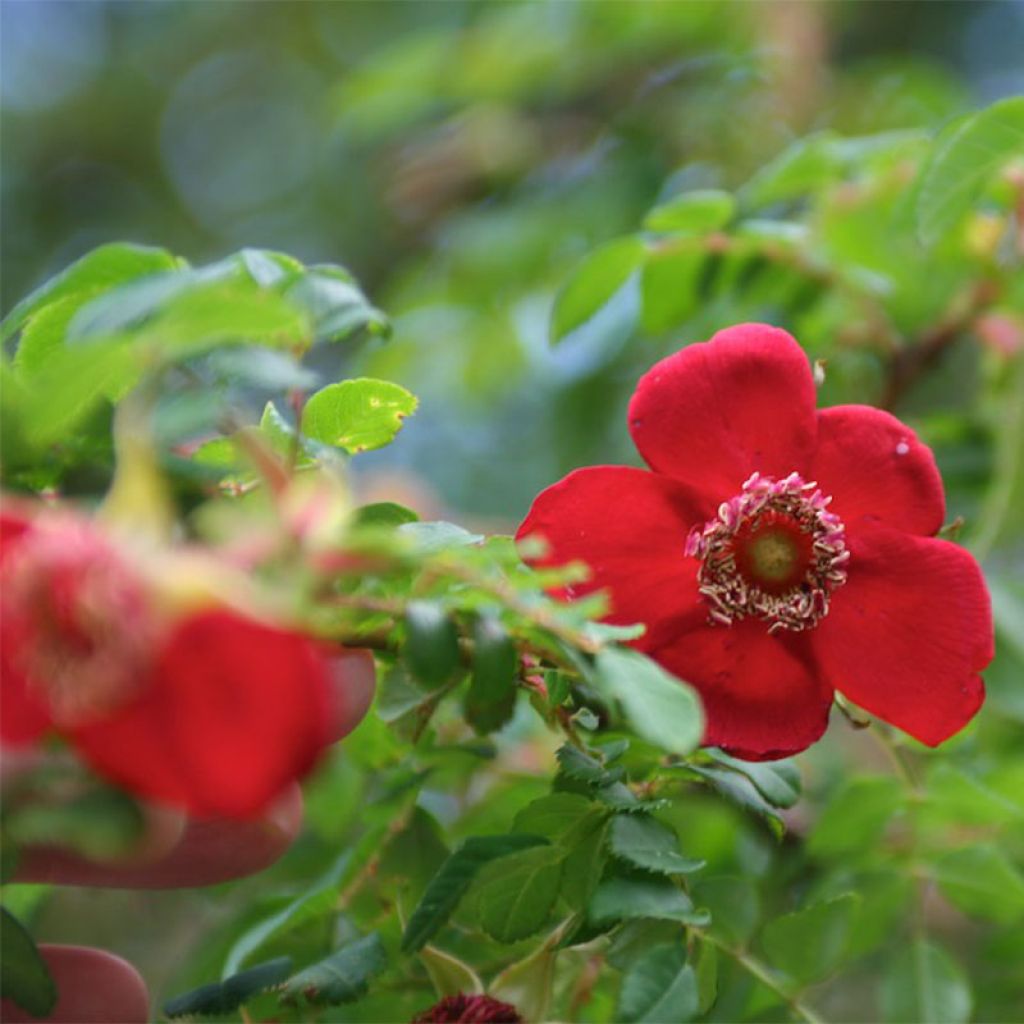

Rosa moyesii Geranium
Rosa moyesii Geranium
Rosa moyesii Geranium
Moyes Rose
This item cannot be shipped to the selected country
Delivery charge from €5.90
Delivery charge from €5.90
Delivery to Corse prohibited
More information
Schedule delivery date,
and select date in basket
This plant carries a 24 months recovery warranty
More information
We guarantee the quality of our plants for a full growing cycle, and will replace at our expense any plant that fails to recover under normal climatic and planting conditions.
From €5.90 for pickup delivery and €6.90 for home delivery
Express home delivery from €8.90.
From €5.90 for pickup delivery and €6.90 for home delivery
Express home delivery from €8.90.
Delivery to Corse prohibited: UE law prohibits the import of this plant from mainland France to Corse as part of the fight against Xylella fastidiosa. Please accept our sincere apologies.
More information

Does this plant fit my garden?
Set up your Plantfit profile →
Description
Rosa moyesii 'Geranium' is perhaps the best form of the moyesii roses, a somewhat ungainly Chinese botanical species that is often preferred due to its more compact habit and its beautiful autumn fruiting, with bright orange bottle-shaped fruits, larger than those of the species. In early summer, it produces pretty single roses of a very particular cherry red, illuminated by a few pale yellow stamens. This beautiful bush with light foliage in a bright green is easy to grow, original, undemanding and very hardy. It blends well in a rural hedge and can be trained as a small climber.
Rosa moyesii is a wild rose native to the mountains of western China, discovered in 1890 by a British missionary, Father J. Moyes, and introduced to Europe in 1894. The cultivar 'Geranium', on the other hand, appeared in the Wisley Botanical Garden in Great Britain in 1938. It is a large fast-growing bush with an upright but flexible habit, reaching a height of 2m (6ft 7in) to 2.50m (8ft 2in), slightly less in width. Its trunk, sometimes multiple, and its branches are thick, maturing to an ochre colour, armed with numerous straight prickles. The foliage, rarely diseased, is light and divided into 7 to 11 ovate leaflets, in a very bright green that enhances its red flowers. The flowering generally begins in June, lasts about 3 weeks and is not recurrent. The plant produces a multitude of single cup-shaped flowers, solitary or grouped in threes, measuring 5 to 6cm (2.4in) in width. Their colour is a very bright 'geranium' red, rarely seen in roses. They give way to curious fruits (called hips), shaped like small red-orange amphorae, 6cm (2.4in) long, much appreciated by birds and usually sterile.
If the passion for botanical roses is not widespread, it is fully justified, especially in poor soils or difficult climates: these roses are not only the ancestors of our modern roses, but also generally more robust and very reliable. Rosa moyesii 'Geranium' is a simple and charming rose, shiny but light, that catches the eye at least twice a year. It will find its place in a hedgerow or defensive hedge, as it forms a thorny mass that is difficult to cross. It is also beautiful when planted alone, freely in a wild garden. It can be paired with Cotinus for autumn colours, lilacs for their spring fragrance, mock oranges for the same reason, with buddleias taking over in summer, but also with viburnums that show a similarly accommodating character. Finally, it is a very hardy shrub, low-maintenance, frugal, and drought-resistant once well-established, making it a unique addition to a rose garden.
Report an error about the product description
Rosa moyesii Geranium in pictures
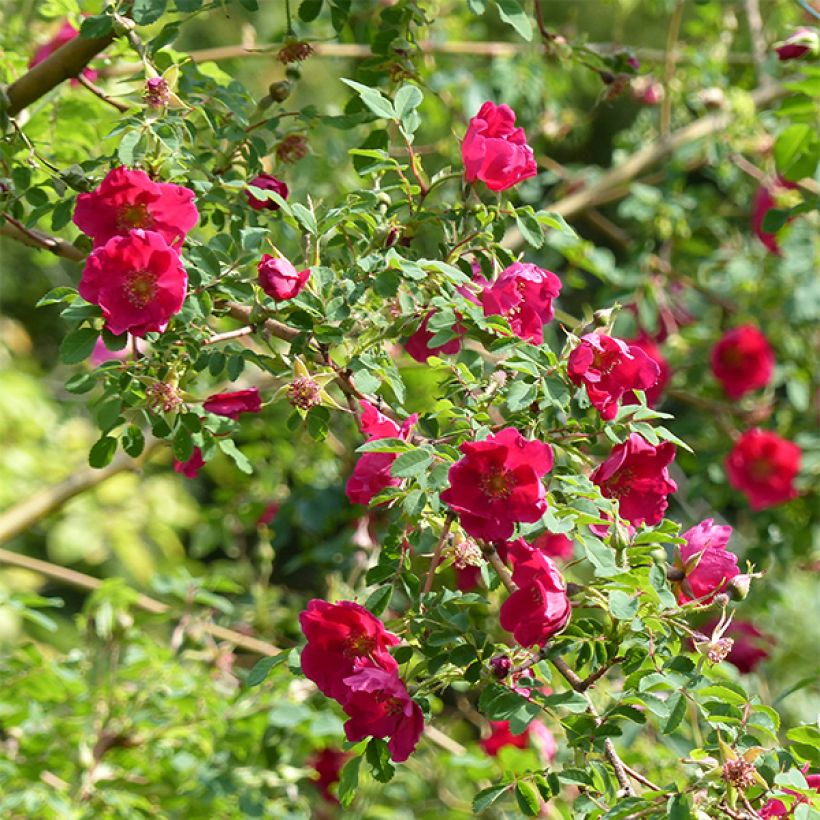

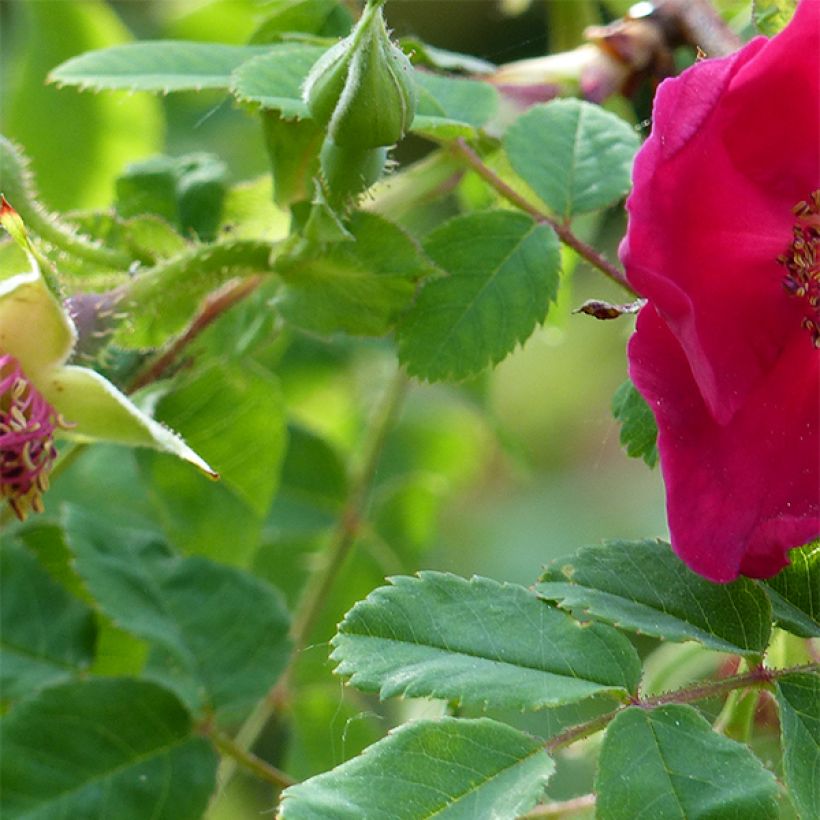

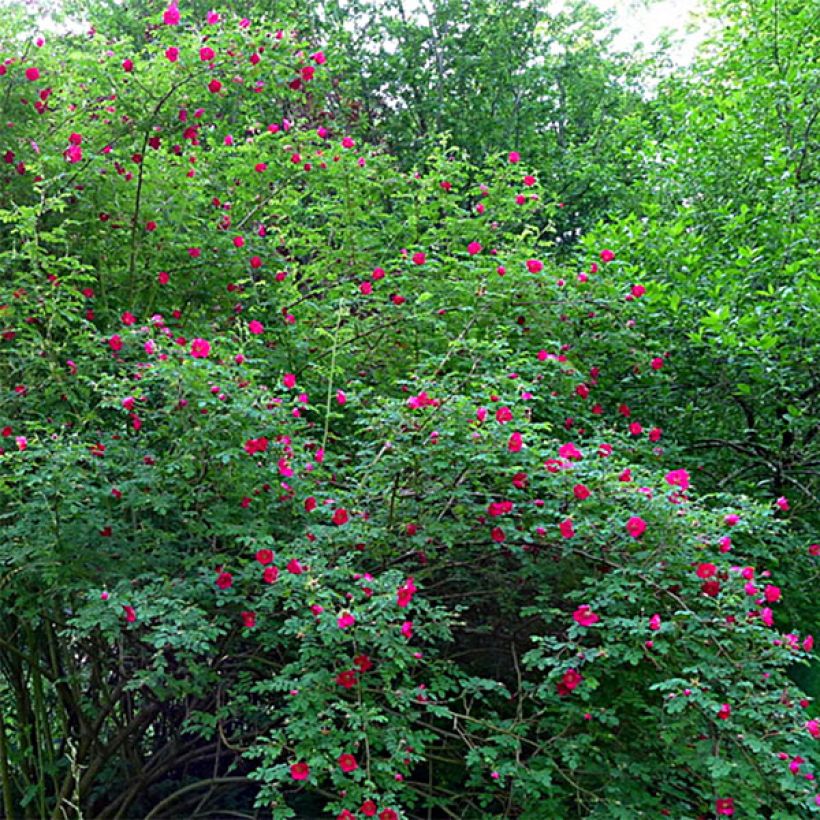

Plant habit
Flowering
Foliage
Botanical data
Rosa
moyesii
Geranium
Rosaceae
Moyes Rose
China
Rosa canina Laxa (3L/4L pot, Wrapped bare root)
Other Rosehip - Wild Rose
Planting and care
Rosa moyesii 'Geranium' is not demanding on the nature of the soil, but it dreads excess limestone and suffocating soils. It thrives in all sufficiently sunny regions, fears neither diseases nor cold. It adapts to all gardens, as long as the planting is well cared for! Plant it in well-worked and drained ordinary soil and in a sunny or partially shaded exposure, which it tolerates very well in hot climates. To keep it bushy, maintenance is simple: after winter, remove the oldest branches (2-3 years old). Quite hardy, this rose can withstand at least -25°C (-13°F). It may be useful to remove dead wood in winter. If necessary, in spring, after the risk of frost, a light pruning can be done.
Roses are often stained or unsightly at the end of summer, but this is not a problem for their development. These stains are not harmful to the rose, it is a natural phenomenon.
Planting period
Intended location
Care
-
, onOrder confirmed
Reply from on Promesse de fleurs
Roses by purpose
Haven't found what you were looking for?
Hardiness is the lowest winter temperature a plant can endure without suffering serious damage or even dying. However, hardiness is affected by location (a sheltered area, such as a patio), protection (winter cover) and soil type (hardiness is improved by well-drained soil).

Photo Sharing Terms & Conditions
In order to encourage gardeners to interact and share their experiences, Promesse de fleurs offers various media enabling content to be uploaded onto its Site - in particular via the ‘Photo sharing’ module.
The User agrees to refrain from:
- Posting any content that is illegal, prejudicial, insulting, racist, inciteful to hatred, revisionist, contrary to public decency, that infringes on privacy or on the privacy rights of third parties, in particular the publicity rights of persons and goods, intellectual property rights, or the right to privacy.
- Submitting content on behalf of a third party;
- Impersonate the identity of a third party and/or publish any personal information about a third party;
In general, the User undertakes to refrain from any unethical behaviour.
All Content (in particular text, comments, files, images, photos, videos, creative works, etc.), which may be subject to property or intellectual property rights, image or other private rights, shall remain the property of the User, subject to the limited rights granted by the terms of the licence granted by Promesse de fleurs as stated below. Users are at liberty to publish or not to publish such Content on the Site, notably via the ‘Photo Sharing’ facility, and accept that this Content shall be made public and freely accessible, notably on the Internet.
Users further acknowledge, undertake to have ,and guarantee that they hold all necessary rights and permissions to publish such material on the Site, in particular with regard to the legislation in force pertaining to any privacy, property, intellectual property, image, or contractual rights, or rights of any other nature. By publishing such Content on the Site, Users acknowledge accepting full liability as publishers of the Content within the meaning of the law, and grant Promesse de fleurs, free of charge, an inclusive, worldwide licence for the said Content for the entire duration of its publication, including all reproduction, representation, up/downloading, displaying, performing, transmission, and storage rights.
Users also grant permission for their name to be linked to the Content and accept that this link may not always be made available.
By engaging in posting material, Users consent to their Content becoming automatically accessible on the Internet, in particular on other sites and/or blogs and/or web pages of the Promesse de fleurs site, including in particular social pages and the Promesse de fleurs catalogue.
Users may secure the removal of entrusted content free of charge by issuing a simple request via our contact form.
The flowering period indicated on our website applies to countries and regions located in USDA zone 8 (France, the United Kingdom, Ireland, the Netherlands, etc.)
It will vary according to where you live:
- In zones 9 to 10 (Italy, Spain, Greece, etc.), flowering will occur about 2 to 4 weeks earlier.
- In zones 6 to 7 (Germany, Poland, Slovenia, and lower mountainous regions), flowering will be delayed by 2 to 3 weeks.
- In zone 5 (Central Europe, Scandinavia), blooming will be delayed by 3 to 5 weeks.
In temperate climates, pruning of spring-flowering shrubs (forsythia, spireas, etc.) should be done just after flowering.
Pruning of summer-flowering shrubs (Indian Lilac, Perovskia, etc.) can be done in winter or spring.
In cold regions as well as with frost-sensitive plants, avoid pruning too early when severe frosts may still occur.
The planting period indicated on our website applies to countries and regions located in USDA zone 8 (France, United Kingdom, Ireland, Netherlands).
It will vary according to where you live:
- In Mediterranean zones (Marseille, Madrid, Milan, etc.), autumn and winter are the best planting periods.
- In continental zones (Strasbourg, Munich, Vienna, etc.), delay planting by 2 to 3 weeks in spring and bring it forward by 2 to 4 weeks in autumn.
- In mountainous regions (the Alps, Pyrenees, Carpathians, etc.), it is best to plant in late spring (May-June) or late summer (August-September).
The harvesting period indicated on our website applies to countries and regions in USDA zone 8 (France, England, Ireland, the Netherlands).
In colder areas (Scandinavia, Poland, Austria...) fruit and vegetable harvests are likely to be delayed by 3-4 weeks.
In warmer areas (Italy, Spain, Greece, etc.), harvesting will probably take place earlier, depending on weather conditions.
The sowing periods indicated on our website apply to countries and regions within USDA Zone 8 (France, UK, Ireland, Netherlands).
In colder areas (Scandinavia, Poland, Austria...), delay any outdoor sowing by 3-4 weeks, or sow under glass.
In warmer climes (Italy, Spain, Greece, etc.), bring outdoor sowing forward by a few weeks.

































